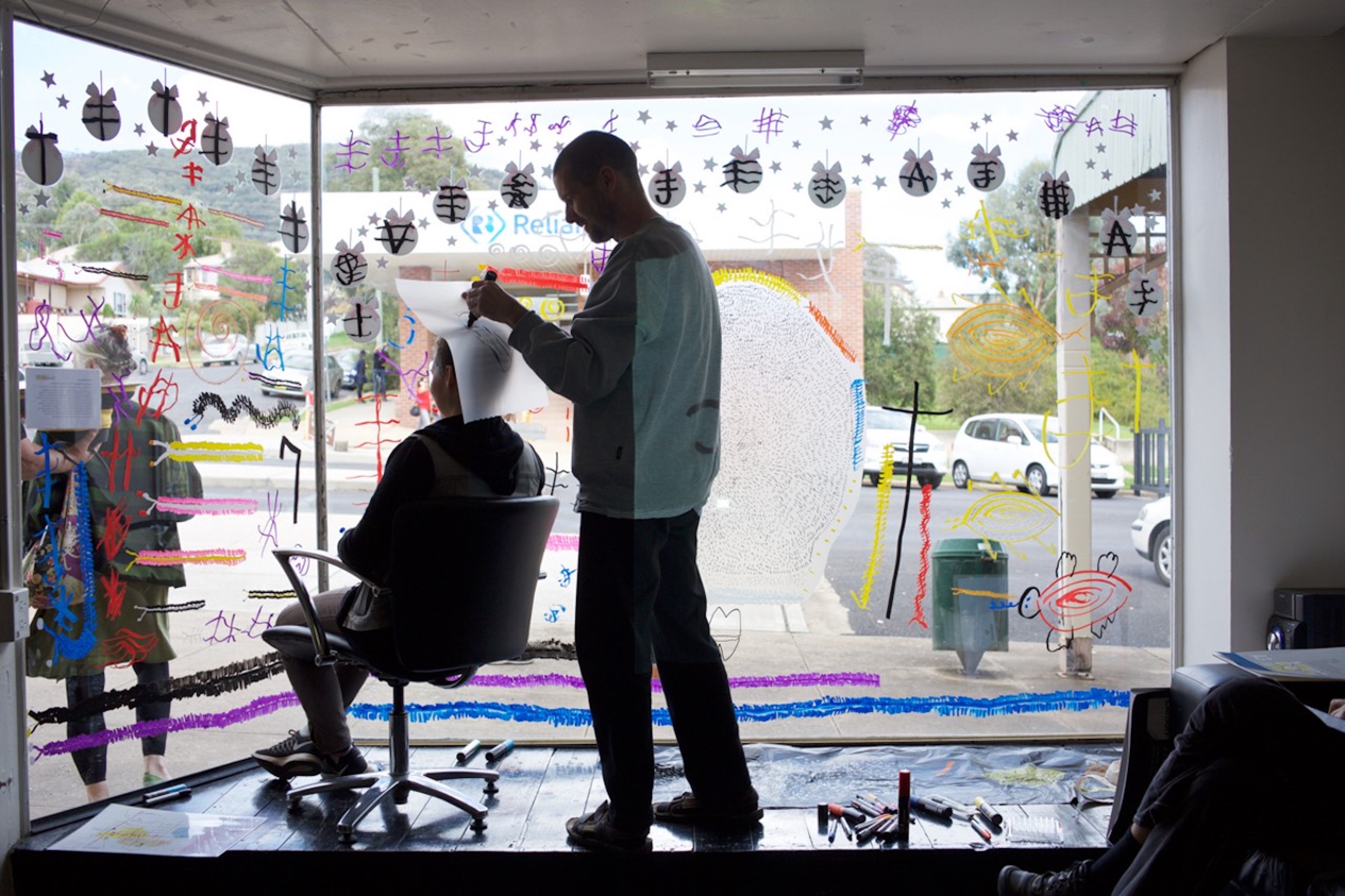Quilting Resistance to the Sleep Industrial Complex
A Narrative Account of Sleeplessness
DOI:
https://doi.org/10.18432/ari29602Anahtar Kelimeler:
sleep disorders- sociology of sleep- arts-based research- narrative methods- quiltingÖzet
In this narrative account of sleeplessness, I draw on Ball’s (2002, 2012) poststructural conceptualization of quilts as social texts to explore the practice of quilting as a method of arts-based storytelling. Through the process of quilting, I story my experience of resisting the Sleep Industrial Complex. I explore the biocultural arena of sleep and critique the biomedical construction of sleeplessness as insomnia. I argue that the medicalization of sleeplessness works to support multi-billion-dollar industries that purport to cure insomnia through consumerism (Barbee et al., 2018; Williams, 2008). I describe how radically accepting sleeplessness as a facet of my existence, and not a medicalized disorder, is an expression of self-acceptance and an act of self-care. In this arts-based narrative account of sleeplessness, I mark the transition from viewing sleeplessness as a medical disorder to radically accepting sleeplessness as a natural facet of our complex being-in-the-world.
İndir
Yayınlanmış
Nasıl Atıf Yapılır
Sayı
Bölüm
Lisans
Telif Hakkı (c) 2021 Kristie Serota

Bu çalışma Creative Commons Attribution-NonCommercial-NoDerivatives 4.0 International License ile lisanslanmıştır.
Authors who publish with Art/Research International agree to the following terms:
a. Authors retain copyright and grant the journal right of first publication and the right to sublicense the Contribution, in the form in which it is published by the journal, to others under the terms and conditions of the of the Creative Commons Attribution-NonCommercial-NoDerivs (CC BY-NC-ND) that allows others to download the work and share the work with others with an acknowledgement of the work's authorship and initial publication in this journal, but they cannot change the work in any way or use any part of the work commercially.
b. Authors are able to enter into separate, additional contractual arrangements for the non-exclusive public distribution and display of the journal's published version of the work (e.g., post it to an institutional repository or publish it in a book), with an acknowledgement of its initial publication in this journal.
c. Authors are permitted and encouraged to post their work online (e.g., in institutional repositories or on their website) prior to and during the submission process, as it can lead to productive exchanges, as well as earlier and greater citation of published work (See The Effect of Open Access).
d. Authors wishing to include items (such as images or other media, or any creative works of others whether previously published or not) must contact the original copyright holder to obtain explicit permission to publish these items in Art/Research International. Writing permission should include: the title(s) of any copyrighted work, original place of publication if applicable, and an acknowledgement of having read Art/Research International's copyright notice. Authors are responsible for obtaining this permission and keeping it in their own records for later verification.



